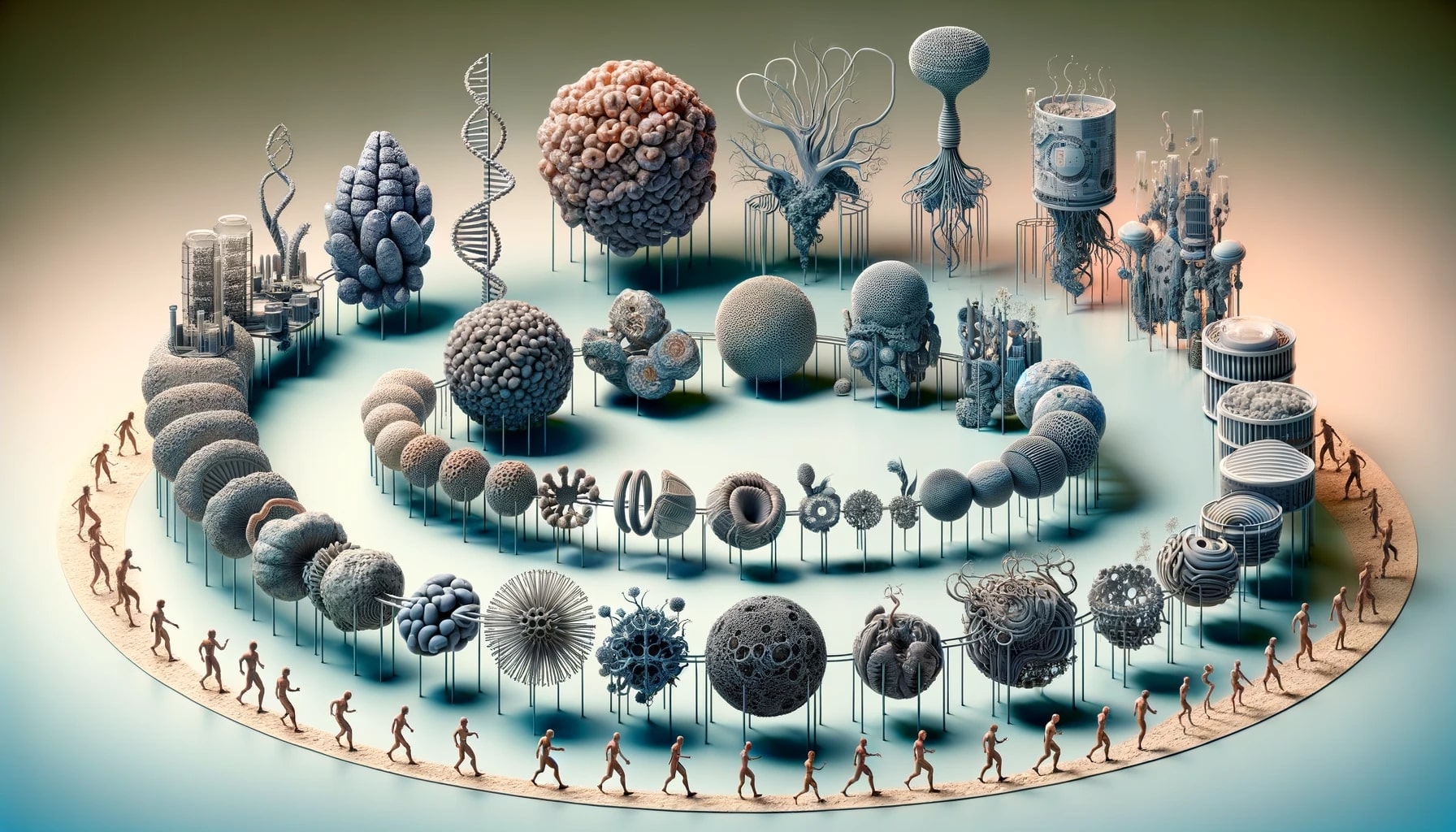
Fasting Secrets: How Autophagy Transforms Fat Burning
Welcome to our latest exploration into the fascinating world of autophagy and fasting! Here, we’ll unravel how our bodies handle fat during fasting periods. Sounds a bit tricky? No worries! We’ve simplified it into easily digestible chunks of info.
The Fasting Fuel Switch: Your Body’s Fat-Burning Mode
When you fast, your body undergoes amazing changes, particularly in how it gets energy. Usually, it uses glucose (sugar) from food. But during fasting, it starts to burn fat – like switching a car from petrol to diesel.
Within the first 12 to 96 hours of fasting, your body’s fat breakdown (lipolysis) nearly doubles. It chooses to burn fat, saving protein stores. This shift starts as early as 14 hours after your last meal!
The First 24 Hours: A Big Energy Shift
On the first day of fasting, your body increases fat burning by about 50%, while cutting down glucose usage. This isn’t just about blood sugar levels; it’s a fundamental shift to fat burning.
Insulin: The Fat-Burning Regulator
Insulin, known for blood sugar control, also plays a big part in fat burning. Eating raises insulin, which slows down fat burning. But fasting lowers insulin, signaling your body to burn more fat.
Men vs. Women in Fasting
Men and women respond differently to fasting. Women might release more fat from their cells initially, but this doesn’t necessarily mean they burn more fat overall. It’s more about how their bodies process the released fat.
Fasting, Muscle Fat, and Body Composition
Women often store more fat in their muscles, while men store it in the liver. This might affect insulin responses post-fasting. Plus, your body fat percentage can influence your fasting experience. More body fat might mean less fat burning during fasting, as the body tries to protect its fat reserves.
Exercise and Fasting
Your fitness level affects fat burning during fasting. Endurance athletes might burn fat more efficiently due to their training, compared to less active individuals.
Autophagy: The Body’s Self-Cleaning
Autophagy is like your body’s internal recycling, getting rid of damaged cells and creating new, healthy ones. This process accelerates when you fast.
Timing of Autophagy
Autophagy usually ramps up between 24 to 48 hours into fasting, but it varies from person to person.
Regulating Autophagy: AMPK and mTOR
AMPK and mTOR are like switches for autophagy – AMPK increases and mTOR decreases during fasting, triggering the autophagy process.
Research on Autophagy
While human studies are limited, they suggest changes in autophagy markers during typical fasting periods, varying with exercise habits.
Summing Up Fasting and Autophagy
Fasting isn’t just skipping meals. It’s a complex process where your body shifts its energy source, burns fat, and cleanses cells. Everyone’s response to fasting varies, based on gender, body composition, and fitness.
Stay tuned for more insights into fasting and autophagy, as we explore their impact on health and well-being, plus tips for integrating fasting into your lifestyle safely!
